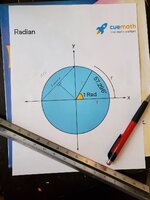Firestone
WKR
Honestly use whatever your more comfortable with. I use both and can see advantages to each, especially mils when it comes to doping wind. But I can also see how MOA is easier for people to comprehend, especially hunters, because most hunters think in inches and MOA is easier to correlate in inches. Is either system wrong? No, if one is using their system correctly they will both do just fine. I will say this, why is it everyone references there gun as shooting 1moa or .5moa? Because its easy and nobody knows what .75mils is  FYI most of my guns are mils, but I still believe shoot what your more comfortable with and they BOTH have advantages.
FYI most of my guns are mils, but I still believe shoot what your more comfortable with and they BOTH have advantages.


